Long exposure photography opens up doors for maximizing your creativity. When using this technique, you basically leave the shutter open for a bit longer allowing the camera to record movement in the scene. The resulting images stand out because they show things that human eyes don’t see. In this video by B&H, you’ll learn a handful of techniques that will raise your long exposure photography game:

1. Silky Smooth Water
By capturing the motion of the water, you can make the water to appear silky smooth or cloud-like. You can do this by simply slowing down the shutter speed to about 1/10 second or slower. However, make sure that the subjects stay very still during the process.
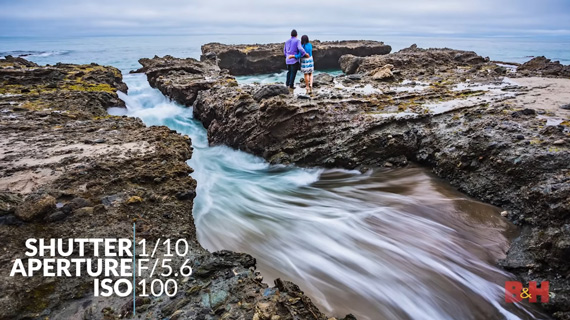
2. Light Streaks with Camera Movement
Camera Twist Technique
This technique involves twisting the camera while taking images to create light streaks. To use this technique, set a slower shutter speed, such as 1/8 second, and shoot with flash. And after you press the shutter release button, twist the camera around. While the flash will freeze the subject, light sources in the frame will appear as streaks.
Whip Pan Technique
You will need a background with lots of tiny and distant light sources to use this technique. With your camera placed on a tripod, take an image of your subject using a slow shutter speed with flash. Then, pan the camera left and right. This will cause the light sources in the back to appear as trails.
3. Light Streaks with Moving Lights
In this technique, you will need to have moving light sources instead of moving the camera. You can use sparklers, string lights, or even passing cars as moving light sources. Slow down the shutter speed to 1/10 second or slower, and freeze the subject with flash. The moving light source will do the rest.
4. Subjects Under the Milky Way
Set your camera up on a tripod and choose your camera settings based on the lighting conditions. Here is what Shivani recommends as a rough starting point:
- zoom lens: ISO 6400, f/2.8, 15 seconds
- prime lens: ISO 3200, f/1.4, 8 seconds
Use a flash to freeze the subject, but since it is a very long exposure, ask them to remain as still as possible.
5. Subject Isolation with Motion Blur
With this technique, you can give a sense of freezing time. Here’s how you can achieve this effect:
- With your camera on a tripod, take a plate shot of your subject using a faster shutter speed.
- Depending on the ambient light available, slow down the shutter speed to 1/10 second or slower.
- Have some people walking in and out of the frame and take multiple shots using the slower shutter speed setting.
- Lastly, create a composite using the images and the plate shot.
What other creative long exposure photography techniques do you have in your arsenal? We’d love to hear from you.
Like This Article?
Don't Miss The Next One!
Join over 100,000 photographers of all experience levels who receive our free photography tips and articles to stay current:
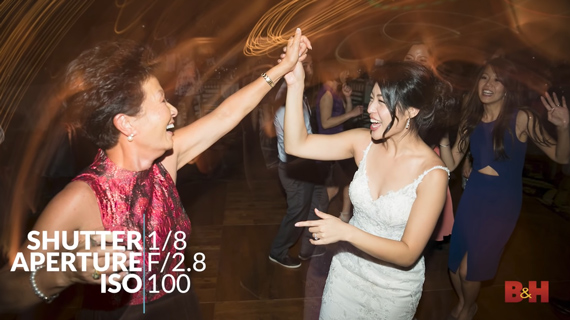
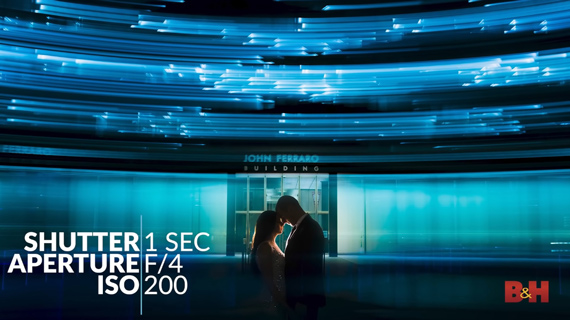
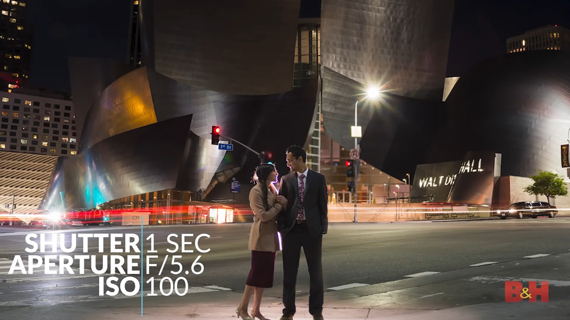
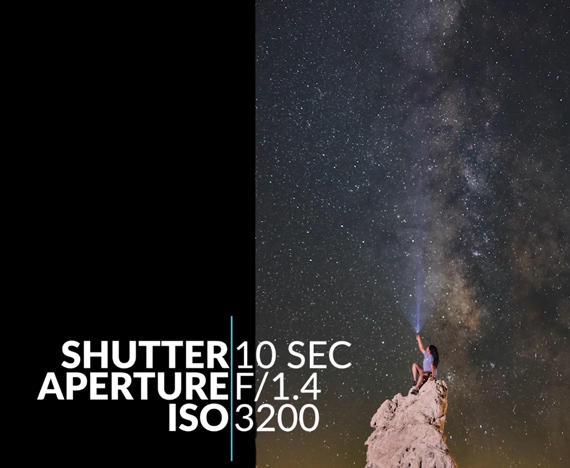
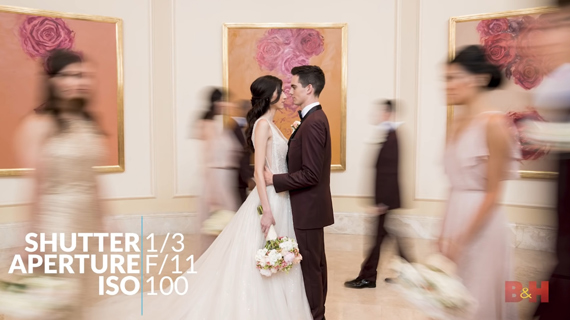






Leave a Reply